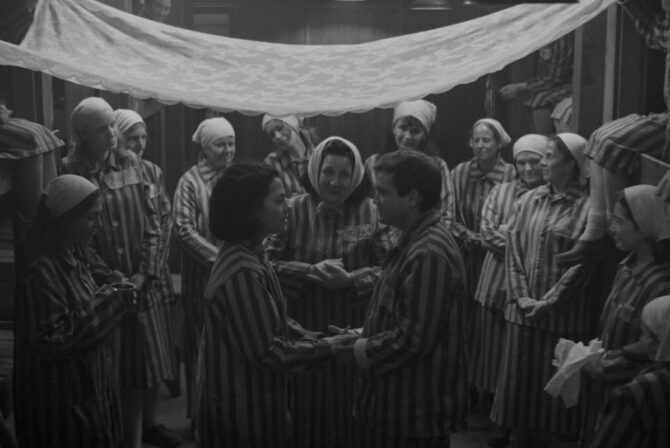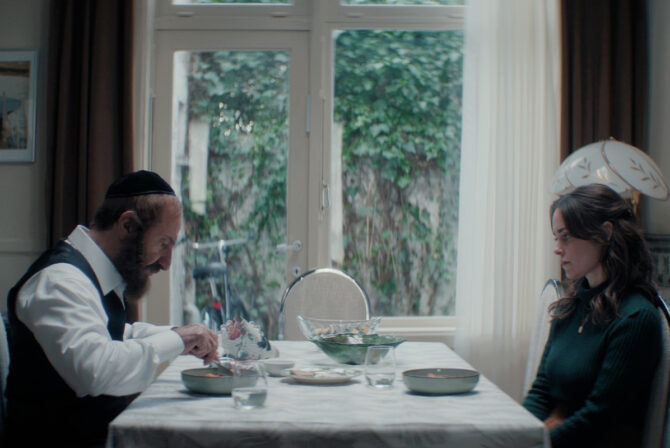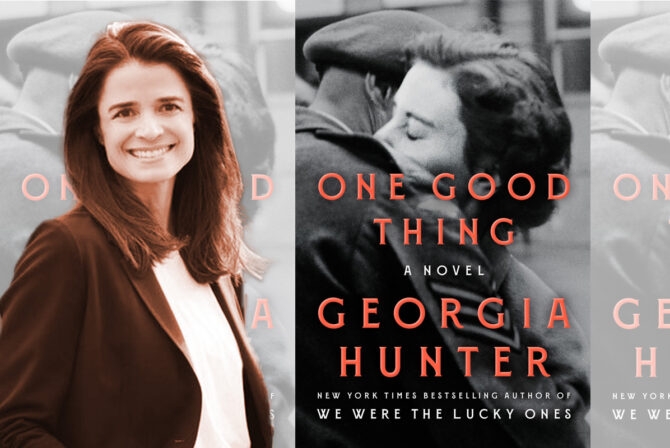
My 9-month-old son is way too young for real arts and crafts projects. He’s still at the point where everything goes into his mouth, and I don’t fully trust Crayola’s non-toxic claim.
But as a former first grade Hebrew school teacher, I’ve been doing Jewish crafts with young kids for years. Pillbox mezuzahs. Driedel mobiles. Stained glass kiddish cups. Graham cracker sukkahs. Been there, done that.
One of the most important things I tried to keep in mind when creating these crafts was connecting the activity with the object we’re making. Using crayons to color candlestick holders allows you to teach that wax makes up both crayons and the candles. Kveller’s apple-print placemat is a classic way to incorporate the sweet fruit eaten on Rosh Hashanah with the blessings used on the holiday.
But for me, it goes deeper– to the intention that lies with what we create with our children. You can glitter, bedazzle, and paint a wooden cup all you want. But if It never leaves the shelf (or pile of arts and crafts projects), how do you know it’s a kiddush cup? Conversely, if an old sippy cup gets some grape juice occasionally on a Friday night, is it not a kiddush cup? What about decorating it to incorporate the idea of hiddur mitzvah, making our observances beautiful?
Ritual objects are simply what their name suggests: objects that have a ritual associated with them. A challah cover is only as good as the bread beneath it. A
kippah
is only as attractive as the smile on the head under it.
Craft projects don’t need to be fancy and they don’t need to be made out of expensive supplies from Michael’s. And sometimes we color just for the sake of coloring.
But we’re doing something special when we create together with our children with a little intention. Doing with a purpose–that’s Judaism in a nutshell.







